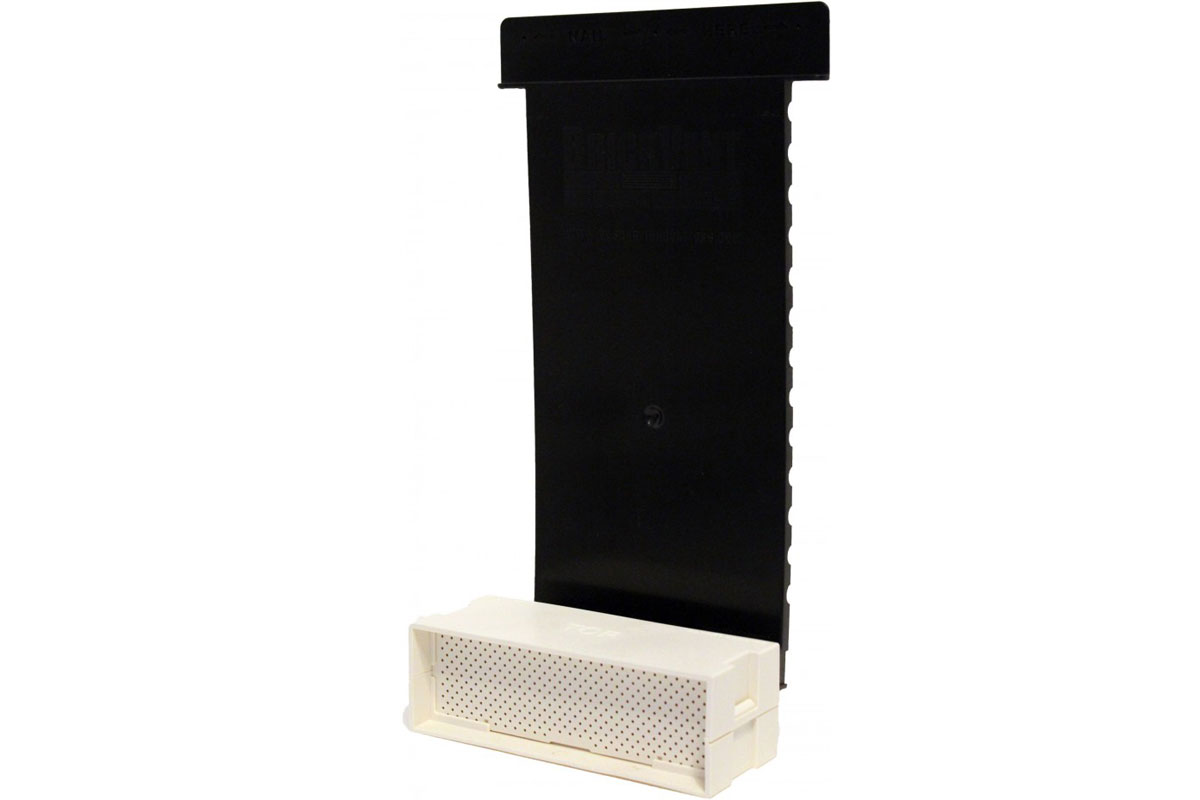Why Ventilation
The Necessity of Ventilation
Advances in building construction techniques have led to a structure which is significantly more energy efficient and air-tight than in years past. As a result, moisture is no longer allowed to migrate freely throughout the building envelope. Trapped moisture in masonry construction, if not addressed, can lead to problems such as spalling, efflorescence, mold, and deterioration of the building components. Moisture control that involves proper ventilation is the key to eliminating these problems.
The importance of proper ventilation as an important element of moisture control is recognized by the Brick Industry Association, Masonry Canada, and experts throughout the building industry. As industry leaders have called for additional ventilation, the shortcomings of current and past moisture control strategies have been exposed. Other systems provide minimal ventilation through very small weep openings (approximate 3/8” inch open space between bricks) Common types of weep openings are drilled holes or tubes, hollowed joints, and weep inserts.


The futility of trying to ventilate the cavity space behind the brick wall thru weep holes is illustrated by the following example:

Challenges of Conventional Ventilation Methods
In this case the drainage and ventilation of this large brick wall is left to 30 small weep holes spaced at 2 foot intervals along the bottom course of the wall. The surface area of the wall is approximately 1100 square feet while the total surface area of all the weep holes together is .18 square feet! Relying on weep holes to provide ventilation is akin to trying to dry a wet elephant using only a drinking straw!
BrickVent provides a much larger conduit for airflow thereby greatly increasing the drying capabilities of masonry veneer walls. In addition, the mortar deflector keeps the units from becoming clogged by trash mortar.
Additional Resources
BrickVent’s Superior Ventilation Solution
Introduce BrickVent as a superior alternative, detailing how its design significantly improves airflow behind the brick facade compared to traditional weep holes. Describe how BrickVent not only drains but also vents moisture, using larger conduits that prevent blockages by mortar and other debris. Include a description of how the system works similarly to a chimney, drawing moist air out through the attic or additional vents installed at strategic locations. This section can conclude with a call to action inviting visitors to learn more about BrickVent’s technical specifications, view installation instructions, or contact customer support for detailed queries.









